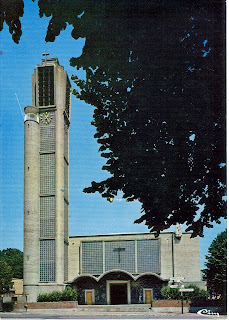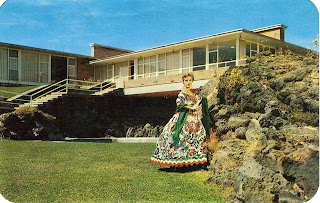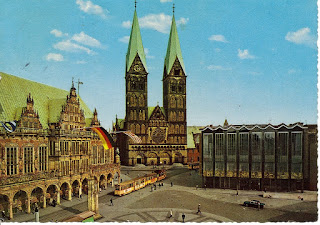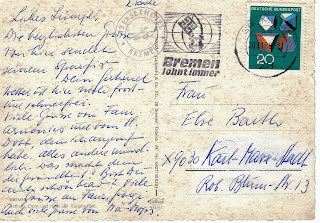
Querida Cristi,
En la reconstruccion del mitico Pabellon
de Barcelona el material mas dificil de
obtener fue el famoso "Onix Dore" del
muro central libre.
Se busco primero en Marruecos. Luego
en Argelia se les dijo a los arquitectos que
las canteras que se explotaban en los años
veinte ya no existian. Mas tarde se intento
en Egipto, Israel, Pakistan, Mejico y Brasil.
A la desesperada se volvio a Argelia, y en
un lugar a pocos kilometros de Muskara y
en un frente abandonado de una cantera se
encontro un bloque con la calidad y las
medidas adecuadas. Partiendo de unas
condiciones aparentemente irresolubles, por
problemas de transporte y gestion (habia que
convencer a los que ya no explotaban aquel
yacimiento que cortaran aquel bloque) se
consiguio sin embargo, llevar finalmente el
material en bloque hasta España. El fulgor
deslumbrante de las piezas de colosales
dimensiones en mitad del espacio fue la
manera en que el Pabellon recobro vida
definitivamente.
Una historia casi mitica para un edificio
mitico.
Besos.
R





























